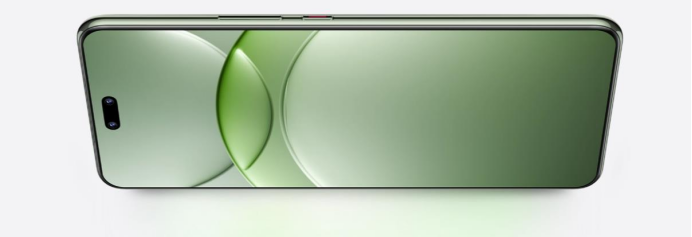Bien qu'il n'y ait généralement pas d'inconvénient en laissant les appareils Bluetooth associés à votre ordinateur, vous pouvez parfois nettoyer vos paramètres Bluetooth en supprimant les appareils que vous n'utilisez plus.
Il est généralement facile de supprimer les appareils Bluetooth inutilisés, mais parfois les fenêtres subissent un problème, et la suppression de l'appareil ne fonctionne pas.Voici quelques étapes de dépannage courantes et faciles que vous pouvez prendre pour résoudre ce problème et faire supprimer vos appareils indésirables.
Supprimer un appareil à l'aide des paramètres
Il existe plusieurs façons de supprimer les périphériques Bluetooth de Windows 10 ou de Windows 11, alors commencez par revérifier l'approche la plus courante: en utilisant les paramètres Bluetooth.
1. Click Start and then click Settings.
2. Click Bluetooth & devices in the pane on the left. (Select Devices in Windows 10.)
3.Trouvez l'appareil Bluetooth que vous souhaitez supprimer. You might need to click View more devices.
4. To the right of the device, click the three dots and then click Remove device.
Éteindre Bluetooth
Si vous avez du mal à supprimer un appareil Bluetooth, il est possible que Windows ne "lâche pas" de l'appareil car il pense qu'il y a une connexion Bluetooth active. To remedy that, open Settings in Windows 11 and click Bluetooth & devices.Puis éteignez Bluetooth en faisant glisser le bouton à gauche.
Retirez le périphérique à l'aide du panneau de configuration
Si les paramètres ne fonctionnaient pas, il y a plus d'une façon de vous débarrasser de l'appareil sous Windows, alors essayez d'utiliser le panneau de configuration à la place.

1. In the Start Search box, type "Control Panel" and when you see Control Panel appear in the results, click it.
2. In the Hardware and Sound section, click View devices and printers.
3. Right-click the device you want to remove and choose Remove device.
Redémarrez le service d'association de l'appareil
This is a little esoteric, but it's possible that a piece of software called the Device Association Service has accidentally stopped or otherwise has failed.Cela peut vous empêcher de retirer un appareil Bluetooth.Voici ce qui fait:
1. Press Windows + R on your keyboard to open the Run dialog box.
2. Type services.msc and click OK.
3. After a moment, the Services dialog box will appear.
4. Right-click Device Association Services and choose Restart from the drop-down menu.
5. Go back to Settings and try to remove the Bluetooth device.
Mettez à jour vos pilotes Bluetooth
Il est possible qu'un problème dans votre logiciel Bluetooth interfère avec le retrait de l'appareil, alors essayez d'abord de mettre à jour les pilotes.
1. In the Start Search box, start to type "device manager" and click Device Manager when you see it appear in the results.
2. Click the arrow beside Bluetooth to expand the list.
3. Right-click the Bluetooth adapter and in the drop-down menu, choose Update driver.
4. Click Search automatically for drivers and then follow the instructions to install the update.
Exécutez le dépanneur Bluetooth
Enfin, Windows a son propre dépanneur qui pourrait découvrir et résoudre un problème, vous permettant de supprimer l'appareil.
1. Click Start and then click Settings.
2. In the Settings window's search box, type "trouble" and then click Troubleshoot other problems when you see it in search results.
3. In the Other section, click Run in the Bluetooth box and follow the instructions to run the troubleshooter.
Dave JohnsonFreelance WriterDave Johnson is a technology journalist who writes about consumer tech and how the industry is transforming the speculative world of science fiction into modern-day real life. Dave grew up in New Jersey before entering the Air Force to operate satellites, teach space operations, and do space launch planning. He then spent eight years as a content lead on the Windows team at Microsoft. As a photographer, Dave has photographed wolves in their natural environment; he's also a scuba instructor and co-host of several podcasts. Dave is the author of more than two dozen books and has contributed to many sites and publications including CNET, Forbes, PC World, How To Geek, and Insider.



